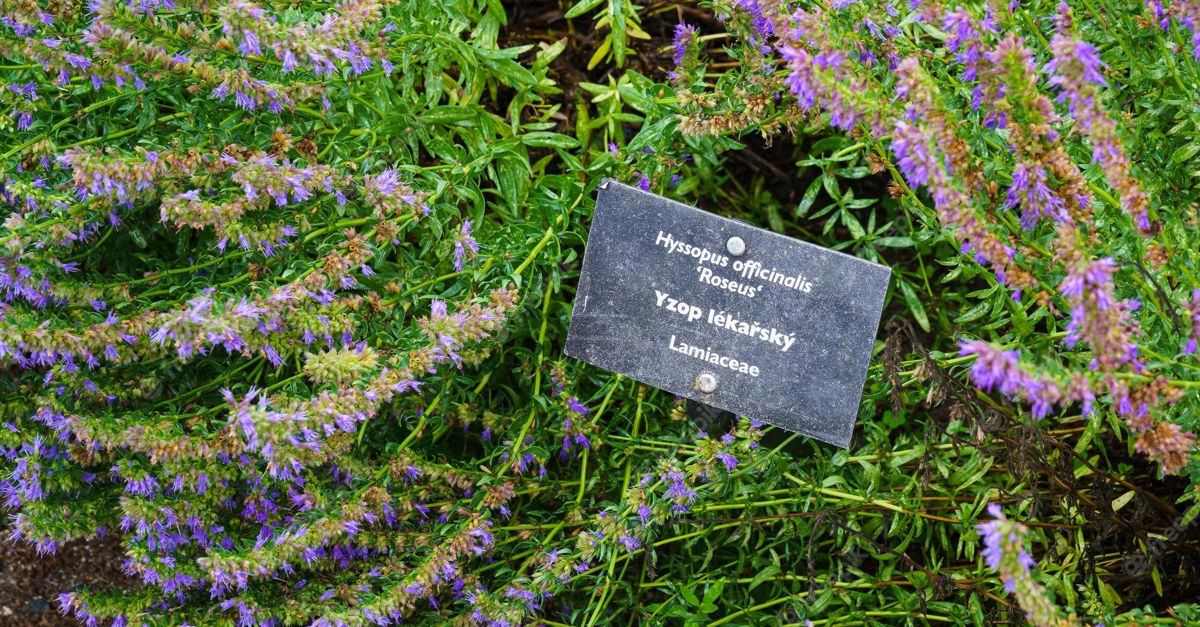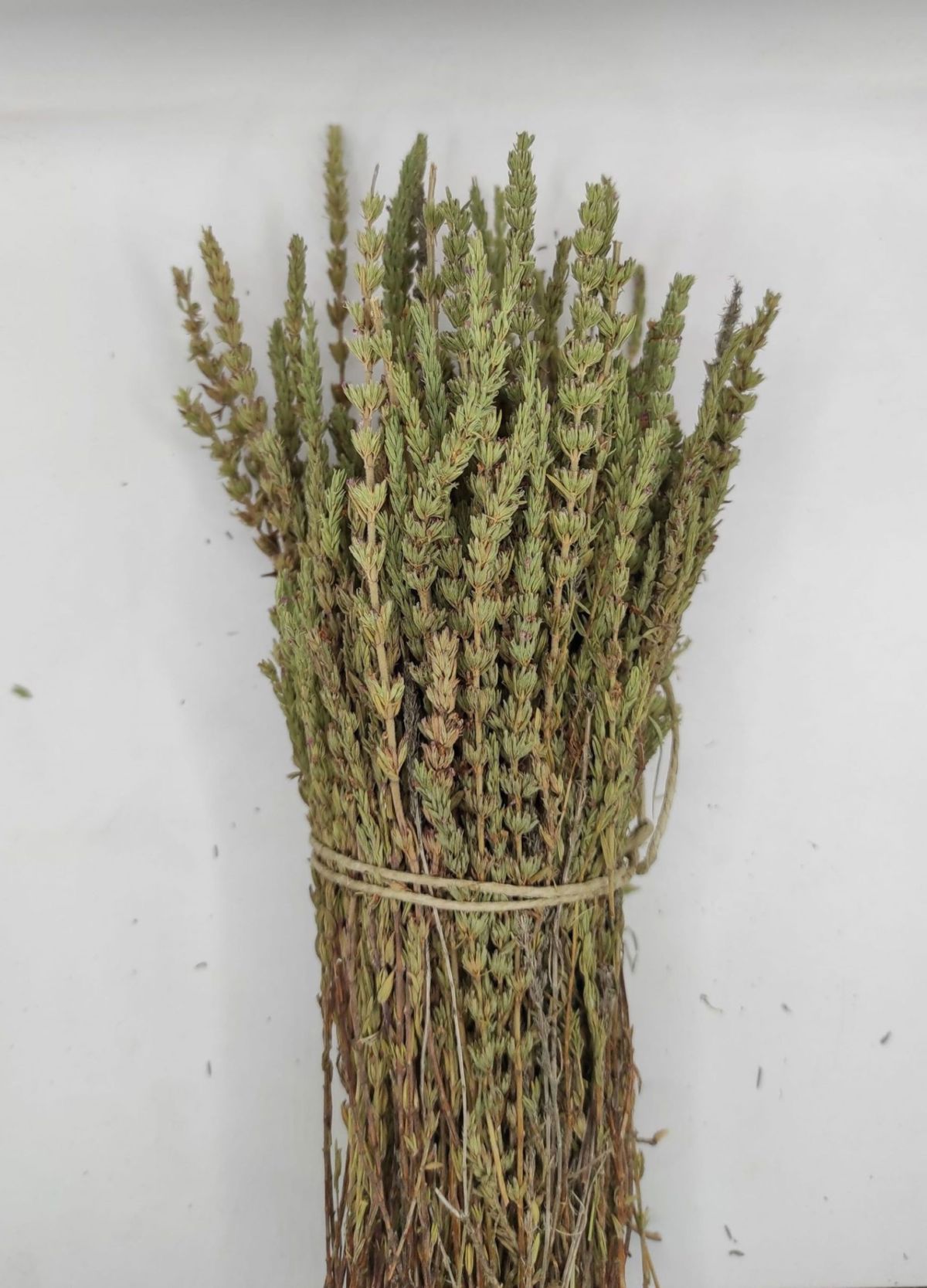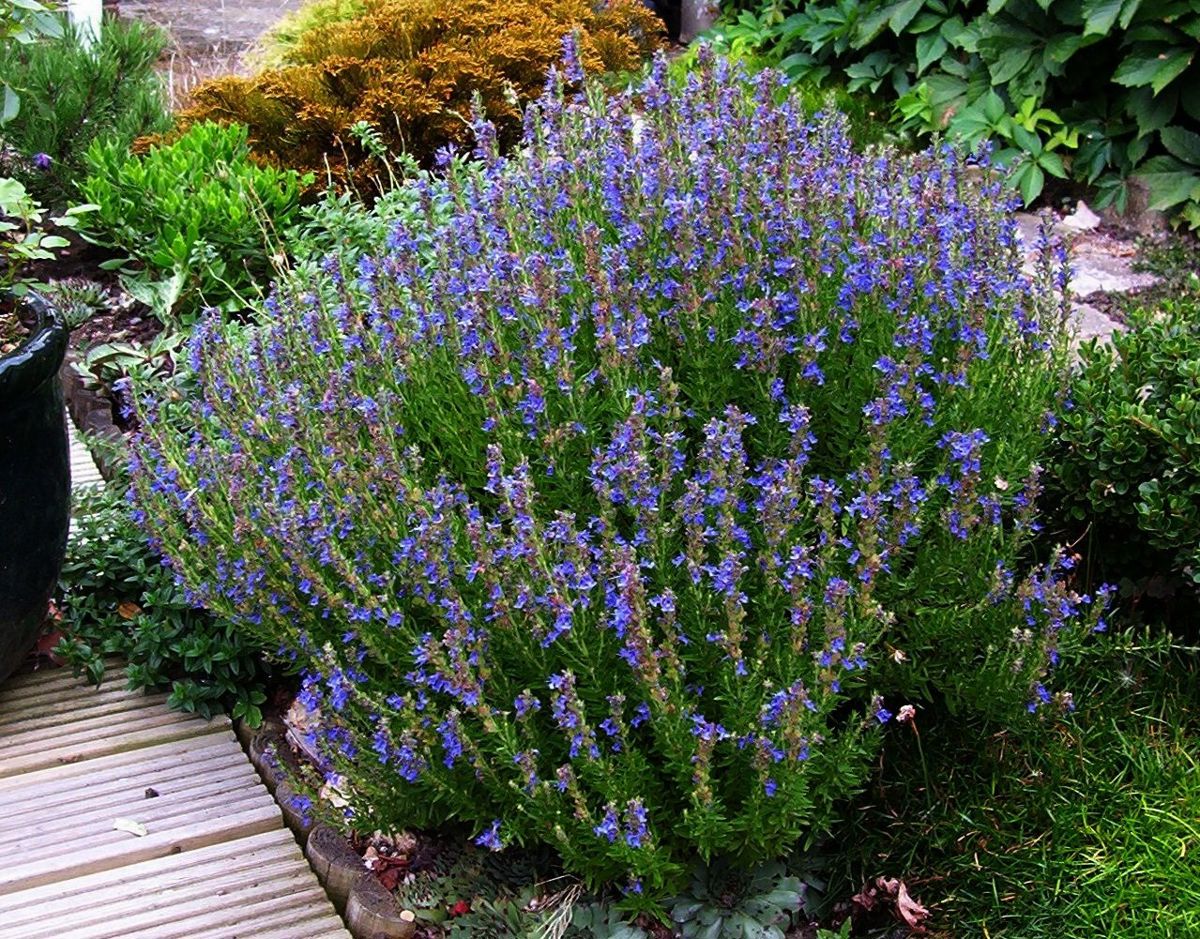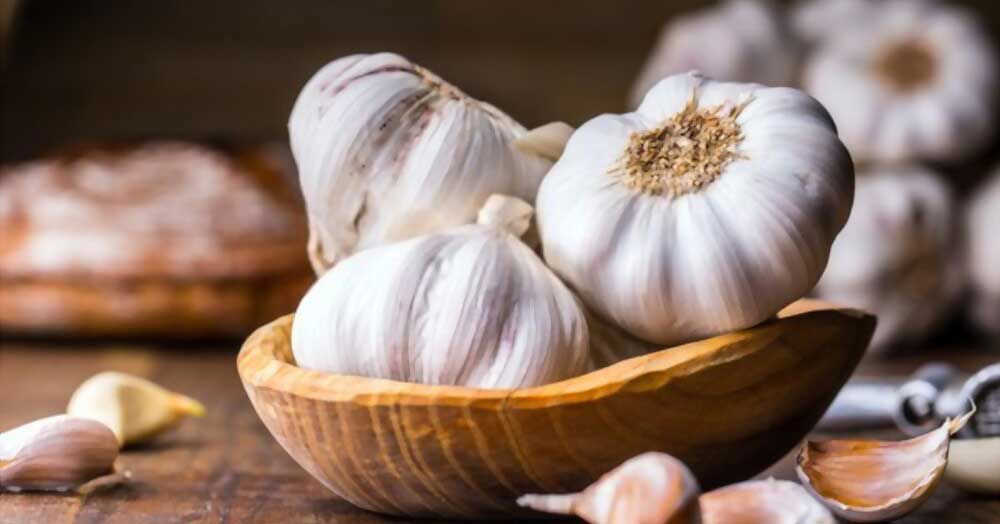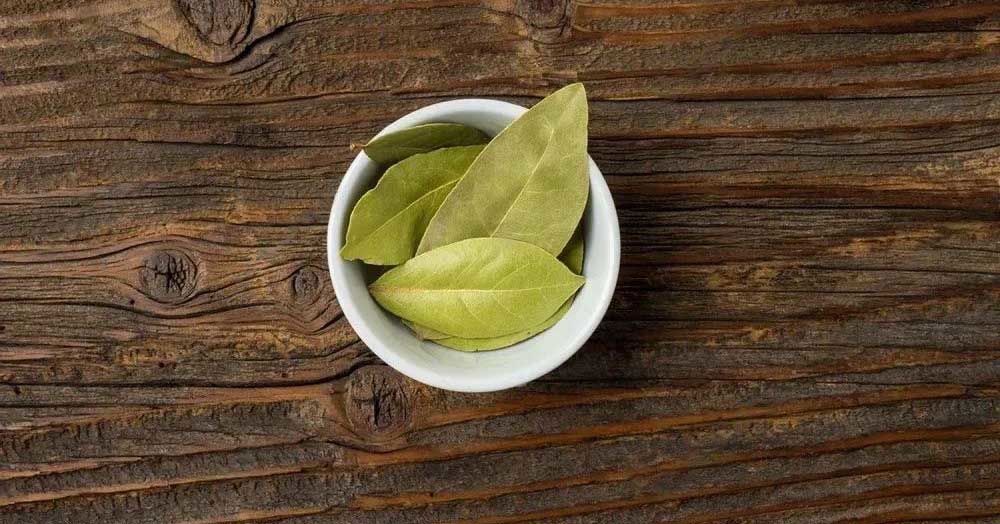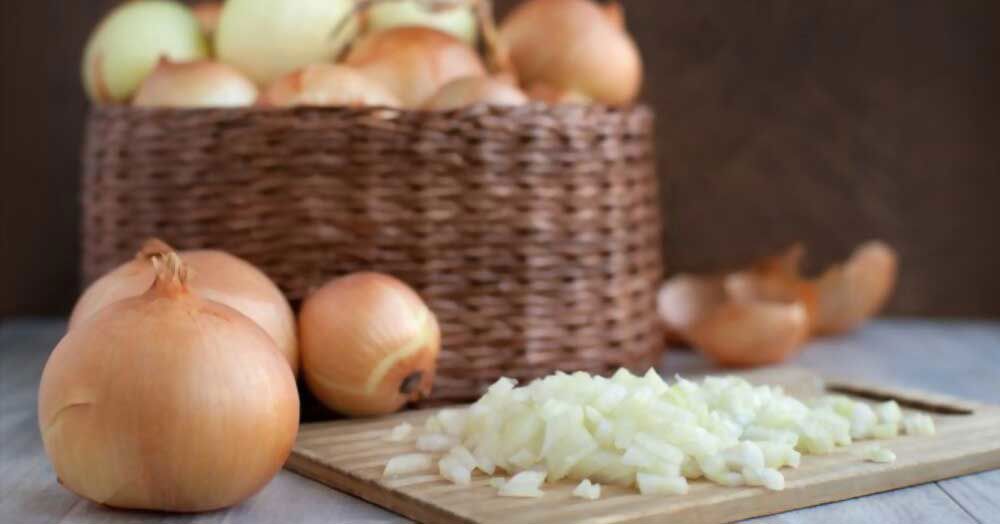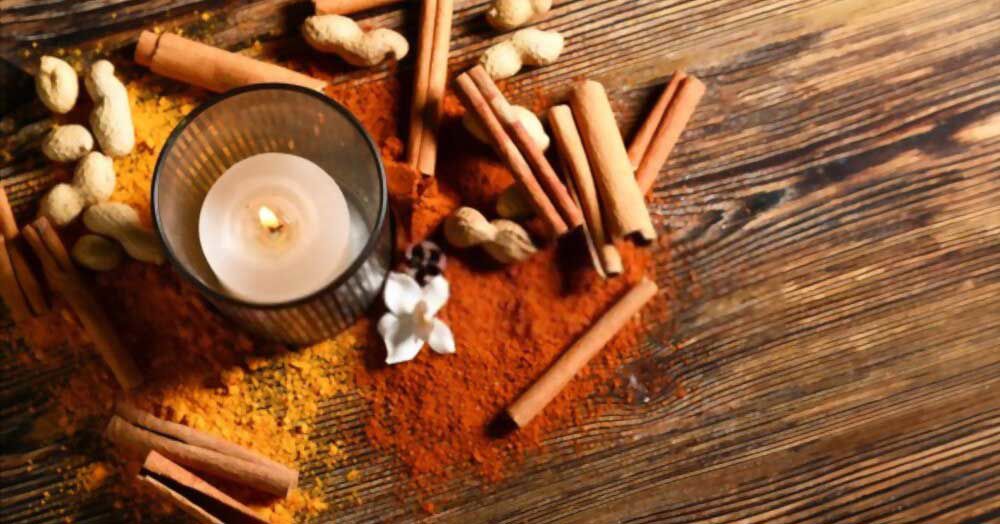For thousands of years, hyssop has been used for a variety of spiritual purposes. From its role in purification rituals and the Old Testament to its place in Indian medicine, Hyssop is a herb that has been revered since ancient times. But what about today? Can we still use this plant as an aid to spiritual exploration or healing? In this blog post, we will explore some of the spiritual benefits associated with hyssop and how it can be implemented into modern practices like aromatherapy and herbal remedy crafts.
1. Do you know where Hyssop is from?
Hyssopus officinalis, commonly known as hyssop, is a woody perennial herb from the Labiatae family native to southern Europe and parts of Asia. It is an aromatic shrub with blue-green leaves and small purplish flowers that has been used for centuries in culinary, medicinal, and spiritual practices. The herb has a slightly bitter flavor with notes of camphor and mint that are often used to flavor meats, drinks, salads, soups, omelets, marinades, and other dishes.
In comparison to other herbs like lavender, sage, and rosemary, Hyssop typically has a stronger flavor. Lavender is sweet and floral while sage is earthy with slightly peppery notes. Rosemary on the other hand often exhibits lemony undertones with an aromatic bitterness.
Meanwhile, hyssop’s unique flavor profile brings together hints of camphor and mint that can be both refreshing and intense depending on how it’s used in cooking or medicine making.
Besides, it was also thought to have protective properties against various types of illness. In traditional medicine, they were used to treat respiratory illnesses such as coughs, colds, and bronchitis, along with digestive complaints like indigestion and flatulence.
2. The Symbolism of Hyssop in the Bible
In the Bible, hyssop (Ezov) is described as a small plant found on or near walls, with an aromatic odor.
In the Old Testament, hyssop is mentioned several times. In Exodus 12:22, God commands to use a bunch of hyssops to apply the blood of the Passover Lamb to the Hebrews' doorposts.
In Psalm 51:7, David asks God for cleansing from his sin using "a clean heart and renew a right spirit within me; Cast me not away from Thy presence; And take not Thy Holy Spirit from me". Here, he is asking for spiritual purification using Hyssop.
Other references include Numbers 19:6-8 where it was used in rituals for cleansing and Leviticus 14:4-6 which mentions its use in cleansing lepers.
Hyssop was also used as part of the ritual sacrifice to atone for sin in Numbers 19:18.
Finally, they were part of the purification rites used by a woman who had given birth in Leviticus 12:6-8. Throughout the Old Testament, it is associated with spiritual purity and cleansing from sin and impurity.
The Israelites used Ezov (hyssop ) in the Passover ritual when they were enslaved in Egypt, according to the Hebrew Bible and Old Testament, to sprinkle lamb's blood on the door posts and lintels of the slaves' quarters in which they lived, so that God would pass over them as he slew the first-born of the Egyptians.
The Israelites used Ezov more regularly for other rituals when they had settled in Israel. It was used in the ceremony for cleansing from leprosy and for ritual purification. In Psalms, the sprinkling of Ezov is used metaphorically to refer to the purification of the heart.
In the New Testament, John 19:29 records Jesus being offered wine mixed with myrrh (an aromatic herb) on a sponge mounted on a stalk of hyssop just before he died. This symbolizes his death as an offering for our sins. In this way, hyssop represents both physical and spiritual cleansing throughout Scripture.
Additionally, the book of John in the New Testament (written in Koine Greek) mentions that hyssop was used, along with vinegar, to alleviate the thirst of Jesus, during his Passion.
Matthew and Mark mention the occasion but refer to the plant using the general term κάλαμος (kálamos), which is translated as "reed" or "stick."
3. What chakra is Hyssop good for?
Hyssop is a powerful herb to support the third eye chakra. The third eye chakra, or Ajna Chakra, is located between the eyes and is responsible for intuition and insight. Since ancient times, hyssop has been known for its purifying qualities which makes it excellent for cleansing the mind. Its essential oil contains monoterpene alcohols and sesquiterpenes that are known to have calming effects on both physical and psychological levels.
Hyssop helps open up this energy center by stimulating mental alertness, clarity, and concentration. It can be used in teas or aromatherapy to help bring clarity of thought to one’s spiritual journey.
4. Benefits and significance of Hyssop
Hyssop has many uses in herbal medicine and is known for its antiseptic, antibacterial, antiviral, and anti-inflammatory properties. It is often used to treat respiratory problems such as asthma, bronchitis, and the common cold. This herb can also be used to soothe sore throats and reduce coughing and congestion. It is also said to help with digestive issues such as indigestion, gas, bloating, and constipation.
It can be taken in various forms including a tincture or tea of the leaves or flowers of the plant. When boiled in water it makes a soothing beverage that acts as an expectorant helping clear out mucous from the lungs when suffering from respiratory problems. It is also used to make tea for sore throat relief or as a gargle for mouth and throat infections.
Hyssop essential oil, when diluted and applied topically, can be used to aid in wound healing due to its antiseptic and anti-inflammatory properties. The oil has also been found to help reduce pain from muscle spasms, headaches, joint stiffness, and arthritis. Additionally, it has been known to help ease nervousness, and stress and calm the mind by reducing inflammation in the body which helps improve moods.
The herb hyssop is an effective natural remedy that can provide relief from many different ailments including respiratory problems, digestive issues, wound healing, and inflammation reduction. With its many uses it is a valuable addition to any home herbal remedy medicine cabinet.
5. The Spiritual Meaning of Hyssop and How to Use it.
5.1. Bath with hyssop to cleanse your aura & clear negative energy
Hyssop has been widely used in spiritual practices for centuries due to its ability to clear negative energy. When applied through a bath, the properties of hyssop essential oil interact with the body’s natural hormones and can help bring emotional balance and dispel negative thoughts and energy. It can also be used to cleanse objects such as crystals, tarot cards, or other sacred items that are meant to hold positive energy. The aromatic scent of Hyssop essential oil can also have calming effects on the mind, helping to relieve stress and anxiety.
Steps for Taking a Bath with Hyssop
- Step 1: Fill a tub with warm water, and add 3-4 drops of hyssop essential oil.
- Step 2: Soak in the warm bath for 15-20 minutes while visualizing all negative energy leaving your body. Read a prayer of purification that you desire. Such as: "Almighty God, I come before you in prayer for a cleansing of all impurities that are within me. As I immerse myself in the waters infused with hyssop, please fill me with the light of Your Holy Spirit so that all darkness is banished from my life and replaced by Your purity and grace. Renew my spirit so that it reflects Your will in every part of my being – body, heart, mind, and soul – as I move forward into this new day. Amen"
- Step 3: After soaking in the bath, rinse off any remaining suds or oils from your skin. Pat yourself dry with a clean towel and stand up slowly focusing on feeling refreshed and renewed.
Step 4: Take a few moments to thank God for helping you cleanse your negative energy and to fill yourself with positive energy that will help you move through life in a more empowered way.
5.2. Use hyssop in the purification of sins
Hyssop can be used in the purification of sins by following these steps:
- Prepare a mixture of water and hyssop leaves, either freshly harvested or dried.
- Take the hyssop mixture and sprinkle it on items that may have come into contact with sin such as furniture, clothing, or other household objects.
- Speak out loud words of repentance for any sins that you have committed or confessed to God while spreading the hyssop water mixture over an affected area.
- Ask forgiveness from the Lord for any sins that have been committed, and thank Him for His grace and mercy.
- Allow the hyssop water mixture to dry completely as a symbol of repentance and purification from sin.
- Pray over the area(s) where sin has occurred, asking God to cover it in love, truth, and righteousness.
- After completing these steps, you will be cleansed from your sins through the power of God’s redeeming grace. May He grant you peace and joy in knowing that you are forgiven! Amen.
5.3. Use hyssop for deep, restorative sleep
Hyssop is an herb that has been used for centuries to provide natural relief from insomnia. To use it, take a few sprigs of the plant and place them under your pillow at night before going to sleep. The aroma of hyssop will help relax your mind and body, allowing you to drift off into a peaceful slumber. Additionally, its natural oils have antiseptic and anti-inflammatory properties, which can help reduce headaches and tension in the body that may be keeping you up at night. Furthermore, hyssop is known to help ease depression and anxiety – two common causes of sleeplessness – so incorporating this herb into your nightly routine could go a long way in helping you achieve restful sleep. Finally, the presence of hyssop can be seen as a sign of protection, as it is believed to ward off evil spirits and negative energy.
5.4. Smudge with hyssop for cleansing a space of negativity
Smudging with hyssop is not as widely known as using Sage or Palo Santo to remove negative energy, however, it can be just as effective. The smoke of hyssop is believed to cleanse and purify the area, leaving behind a positive atmosphere. Burning hyssop can help us to connect deeper with our spiritual journey and open our third eye chakras. It's an ideal choice for someone looking to practice smudging in a more meaningful way. To smudge with Hyssop for cleansing a space of negativity, you will need Hyssop sprigs, matches or lighter, and a heatproof container for burning the herbs.
Begin by lighting one end of the herb stick or bundle until it flames slightly. Then quickly blow out the flame and let the smoke fill your space. Move around to ensure that every corner is filled with smoke from the herb. You can also chant an affirmation such as “This space is cleansed of all negative energies” while allowing the smoke to do its work. When finished, allow the embers to burn out in a safe place before extinguishing completely. The smoke from the burning herb is believed to cleanse and purify your space, offering a sense of physical and spiritual protection.
5.5. Plant Hyssop for protection and to attract balance and harmony at home
Planting hyssop in the garden can be beneficial to balance and harmonize your house. Hyssop is an aromatic herb with a variety of uses, from culinary to medicinal. Planting hyssop around the perimeter of your home not only adds beauty but also helps purify the air and protect against evil influences. Plant some hyssop in your backyard or along walkways near your home for added protection and harmony within your space. In addition, its calming scent can help soothe stress and anxiety while uplifting the mood of those living nearby. So why not give it a try?
6. Who should not take hyssop?
Hyssop should not be used for spiritual purposes by those who are pregnant, elderly, or suffering from health problems. Pregnant women may be more sensitive to herbs and essential oils due to hormonal changes in the body. Elderly people have weaker immune systems that can be further weakened by using this herb in a spiritual context. People with existing medical conditions, such as asthma, should exercise caution when using them as it may exacerbate their symptoms.
Anyone on medication should also avoid incorporating Hyssop into their spiritual practice. Those with allergies to other members of the Labiatae family, like mint and sage, should also avoid them because they may cause an allergic reaction.
Finally, people with any kind of mental health condition, including depression and anxiety, should not use Hyssop. It is always best to consult a medical professional before using any type of herb or essential oil in a spiritual context.
Conclusion
Therefore, it's clear that hyssop has been a source of spiritual restoration and renewal for centuries. In Catholic tradition, hyssop is also seen as symbolizing trust in God's mercy to save us from our sins. The herb is often used during baptismal ceremonies or sprinkled on holy objects such as churches and altars to signify spiritual renewal and protection from evil spirits. This perhaps explains why hyssop has been held in such high regard in various cultures throughout history.

